Despite the fact that almost every photographer now starts out in photography with a digital camera, digital photography has not succeeded in completely ousting analogue photography and the analogue films associated with it from the market. To this day, you can buy a variety of analogue films for different requirements and in different price ranges in specialised shops and of course also from us. However, we have noticed that the supply has shifted due to the change in demand. While the selection of colour films tends to decline, there is a clear trend towards black and white photography. For young photographers in particular, this is a trend worth emulating.
Many photographers are of the opinion that proper and truly artistic black-and-white photography can only be achieved with real, analogue film. Certainly, opinions differ on this claim, so it is debatable. But the fact is that more and more black-and-white photographers are going back to the "old" film and turning to analogue SLR cameras instead of DSLRs. This is also due to the fact that the process of developing can be done by the photographer himself without much effort. It is not even particularly difficult to develop the black and white images, provided you have the right equipment. There is something quite nostalgic and beautiful about this process of developing for many photographers who really only know digital photography. With photo development, you still have the feeling of creating something with your own hands, instead of just editing the image with a few mouse clicks.
In many households, there are still old analogue cameras lying around, which are now being dug out again for a few experiments. But before you can start taking pictures, you need the right black-and-white film. You will find a large selection in this category of our shop. But what kind of black and white films are still available? Which ones are recommended for which applications? And when should you rather go for colour film? If you would like an answer to these questions, you should continue reading in the lower section of our website. Because there we will advise you in more detail on your choice of black-and-white films.
Of course, the range of colour and black-and-white films is no longer as wide as it was in the heyday of analogue photography. Nevertheless, there is still a considerable choice, which makes it difficult for beginners in particular to make the right decision. First, of course, you have to decide whether you want to shoot in colour or prefer black and white. Most photographers make this decision quite consciously. Some of them do not want to do without colour in their photographs and therefore rule out going with black and white film from the outset. More and more photographers, however, are deliberately choosing black-and-white films because they simply have the appeal of something special. Black-and-white photos are perfect for bringing out contrasts, the language of form and details strongly because the colour information is missing. Moreover, black-and-white pictures can be easily developed by yourself in your own laboratory. However, it is also more challenging to shoot with black and white film. You have to practically think away the colour you see in the viewfinder, which sometimes makes it difficult to compose the picture. In addition, monochrome colour filters are often used in analogue black-and-white photography to reproduce the grey tones optimally.
Once you have decided to shoot with black-and-white films, you have already made the first important choice. But now you need to find the right black-and-white film. It must fit your personal requirements as well as the current shooting situation. For example, you still have to decide on the sensitivity depending on the current lighting conditions. This refers to the ISO or ASA number. The higher the sensitivity, the more light-sensitive the film material is and the more suitable it is for unfavourable lighting conditions.
Recommendable manufacturers who offer good black-and-white films for beginners in black-and-white analogue photography include:
They usually have films for different formats, in different sensitivities and in several price ranges in their range, so it is worth comparing.
In addition, a basic distinction can be made between two upper types of black-and-white film: These are, on the one hand, "true" black-and-white films and, on the other hand, chromogenic black-and-white films. Both types differ mainly in the way they are developed. Normal black-and-white films can be processed with a black-and-white developer. For chromogenic films, on the other hand, the C-41 process is used, which is actually intended for colour negative films.
The latter has the advantage that practically every photo lab is able to develop the chromogenic black-and-white films. The results are consistent and, in addition, the development is also cheaper than with a real black-and-white film. However, there are hardly any chromogenic black-and-white films on the market today. One example is the Ilford XP-2 Super with a light sensitivity of 400, which has the advantage of offering very good sharpness and a fine grain that one would actually rather expect from a low ISO value. In addition, the film shows itself to be good-natured even if the exposure is wrong, so that it is not a problem if you overexpose or underexpose a little. After all, this often happens to beginners.
True black-and-white films are available in a much larger selection today. There really is a suitable film for every requirement and taste, so you have a free choice in terms of sensitivity, manufacturer and grain. True black-and-white film can be developed in some labs, but it is much more fun to develop it at home in your own small lab. This is also much cheaper in the long run.
One great advantage of taking photos with black-and-white films is that even beginners can develop their films themselves. Every self-developed photo has a special meaning and value for the photographer. When you have your first developed photos in hand, you will see that the results are usually better and more satisfying than after development in a standard laboratory. You yourself can afford not to work in such a general way as the lab and have the possibility to give much more weight to the image statement of the photo with the development. So feel free to develop your analogue films yourself. Black-and-white films are particularly suitable for this purpose in the beginning. In fact, developing is not witchcraft, you just need a little basic knowledge, some courage and the right equipment.
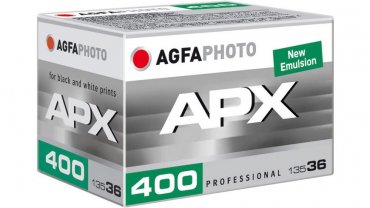
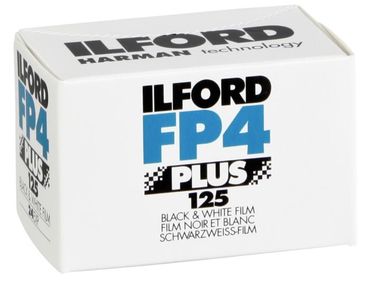
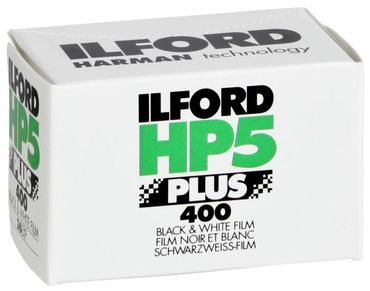


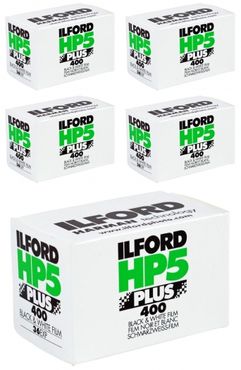

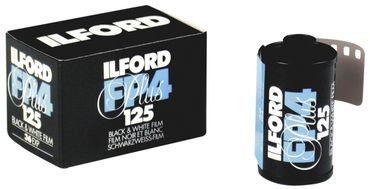
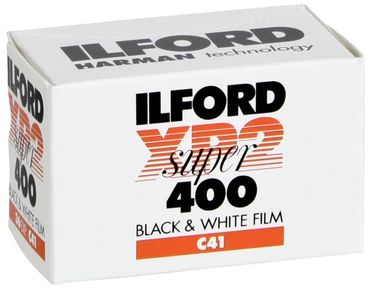
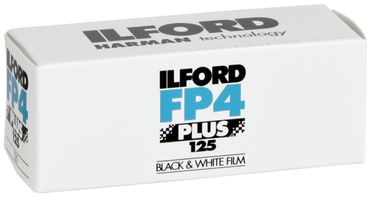
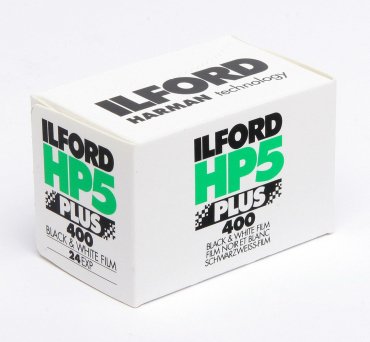
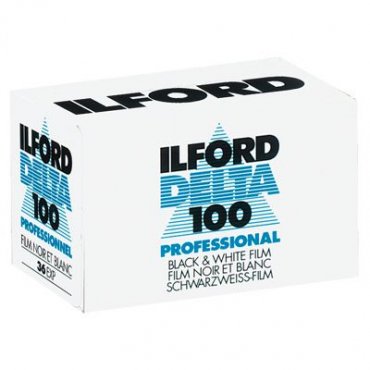


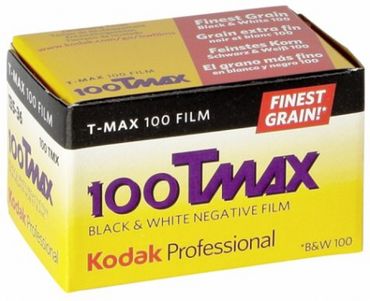
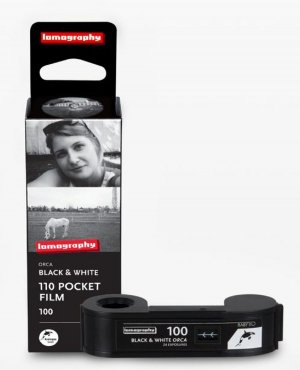
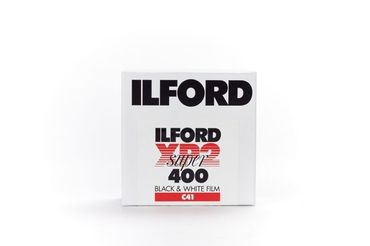
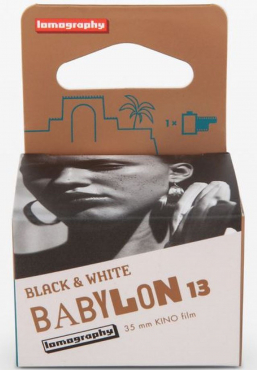
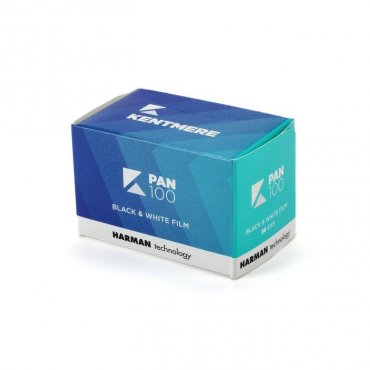
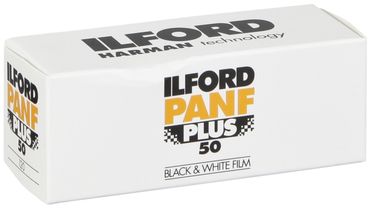


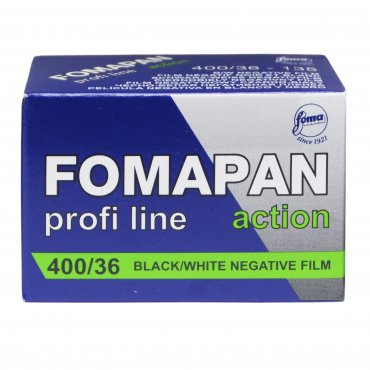
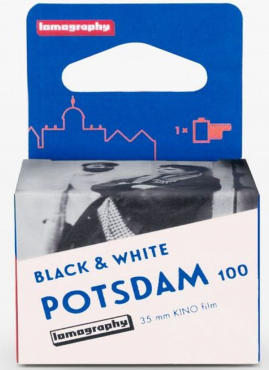
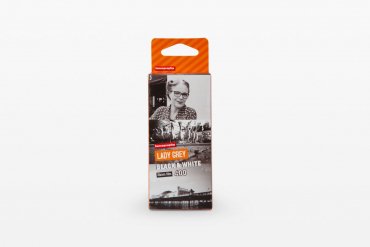





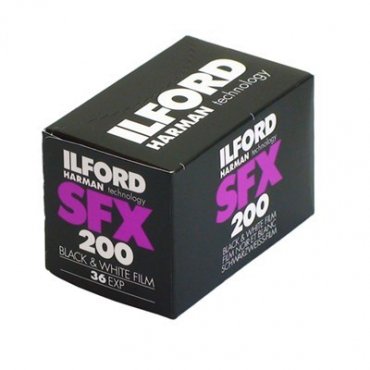
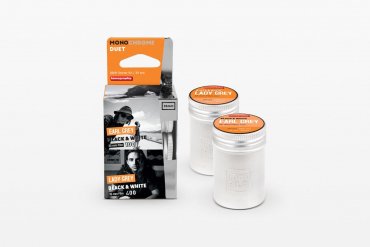

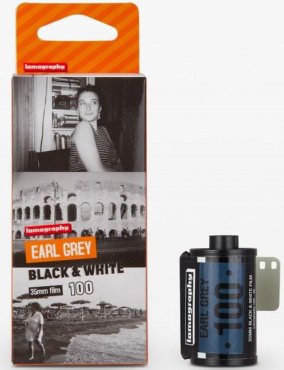
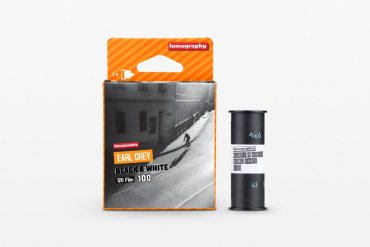

Simply subscribe and benefit as a newsletter recipient every week: